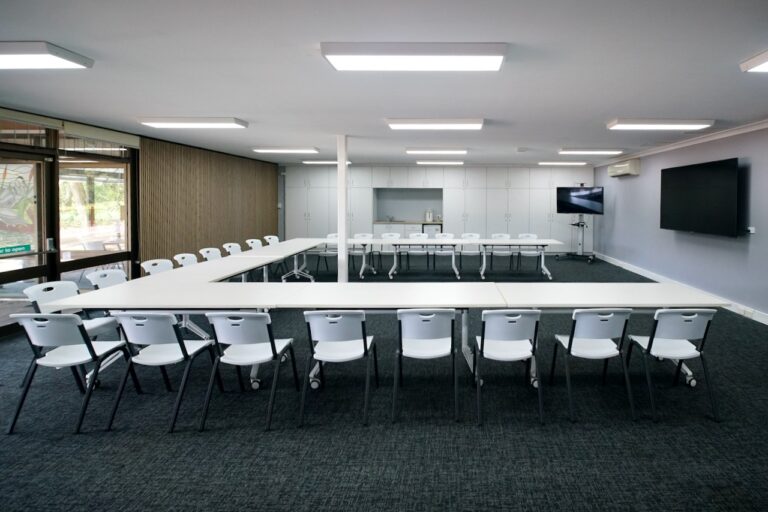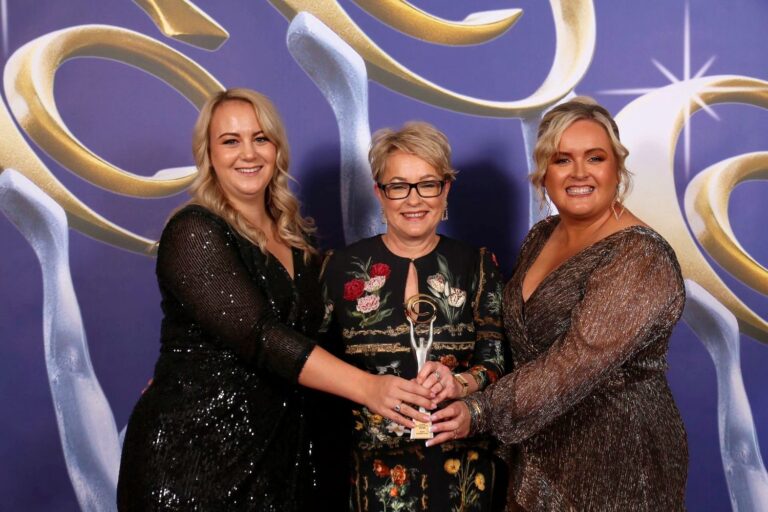Business leaders are seeing increased anxiety in the workplace as staff experience the emotional rollercoaster of COVID-19, along with already existing stress over climate change, and the recent Australian bushfires.
What is going on for you and the people you lead?
Anxiety is our body mind system sensing that we are not safe and that things are uncertain. Our focus turns to ourselves and the task at hand, our perspective narrows.
Our cortisol levels remain high and sustained high levels lead to a sense of overwhelm (or even resignation), tiredness, and inability to concentrate, sleep or sense the positive or love.
Initially, we had a we can do it attitude but that has now been replaced with COVID fatigue.
Who is most at risk?
In business, risk mitigation is key – it helps determine priority focus.
My recent interviews with people and informal surveys suggest those most at risk are single people (particularly if they have moved recently or are far away from family) and parents who have the major responsibility for the children.
Additionally, many have not had a break and workloads have been very intense in some industries. So, watch out for your dedicated getting it all done employee.
Leading a mentally health workplace is more complex when many staff are working from home. Some staff are enjoying the flexibility and feel quality of life is improved.
Some have internalised negative stereotypes about working from home and worry they may be seen as not committed to work, not working as hard, and not being as ambitious. So, they are not taking breaks and are incorporating their usual commute time into their workday.
The people I interviewed were working longer hours than before and missing the incidental chats that the workplace offers – not just for connection but also as informal little breaks.
What it means for leaders?
This means the focus for leaders needs to be on the risk of staff burning out, becoming disengaged as well as their mental health, rather than a concern about lack of productivity.
As this is a more emotionally volatile space to be leading in, managers need a culture that supports individual’s changing needs. They need to be present and aware and committed to frequent quality check ins.
It is hard to be available to the human dimension if leaders themselves are floundering.
How can mindfulness help?
Mindfulness cultivates and propels the consistent part of leadership – self-awareness and self-management – making it the most powerful tool for any leader.
By dialling down the reactive and stress we come into better ways of functioning. When stressed, we just want to feel good now without any concern for the impacts.
Mindfulness helps with clarity of thought and to not see challenges as personal.
In my Mindfulness@Work program and my upcoming, online, Lead for Mental Health seminar, I demonstrate how to use it to calm ourselves, be present so that we can truly engage, be less reactive, make good decisions, be proactive, deal with difficult emotions and deal with conflict.
Effective, mindful strategies shared by interviewees
Practice these yourself and encourage staff to do the same.
- Give this time a new context by seeing it as an opportunity to reset
- Have and maintain a routine
- Ask for and ensure you have support
- If you did commute, then turn this time into your time
- Take breaks and walk every day.
Mindfulness creates a good culture and staff resilience. Use it to be a better leader.
Charlotte Thaarup is the Director of the Hunter-based The Mindfulness Clinic. She is hosting a Lead for Mental Health workshop on September 1 via Zoom.






